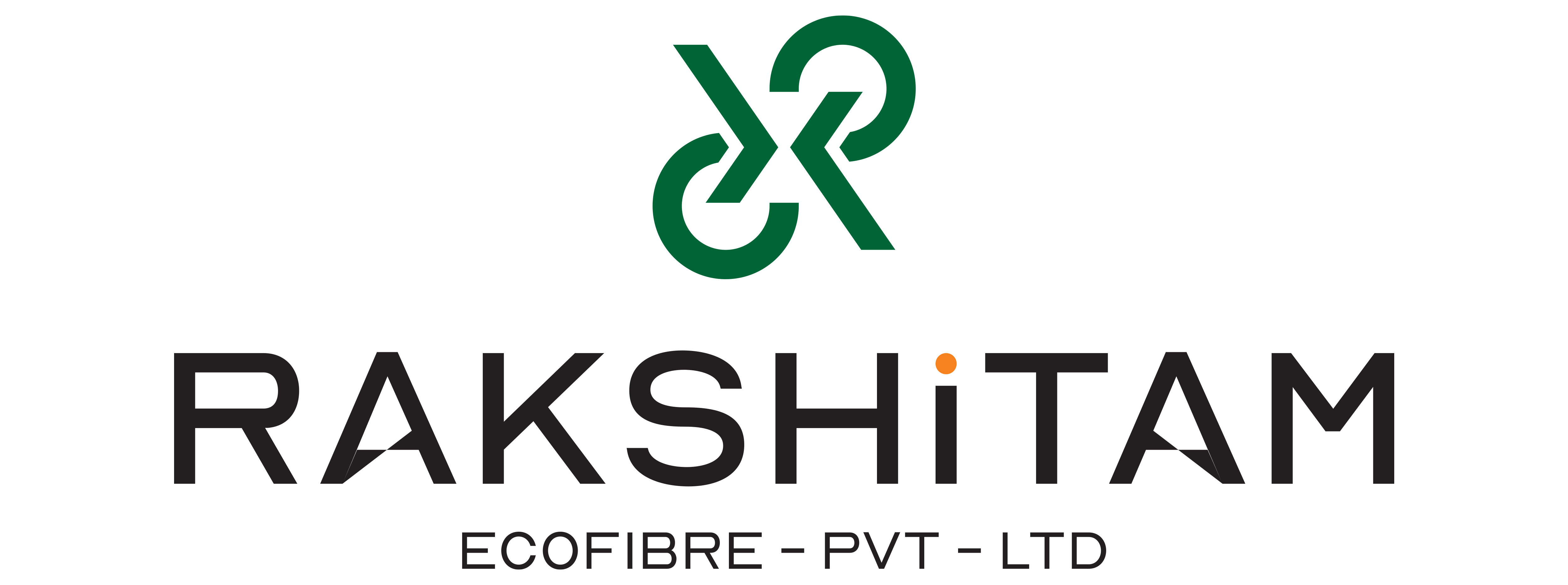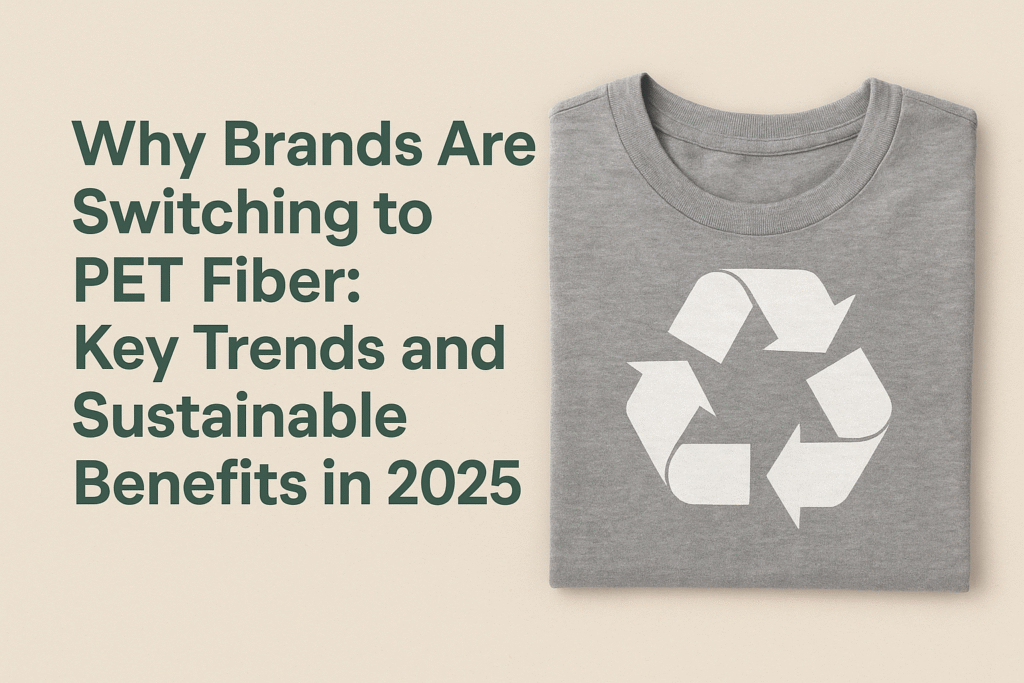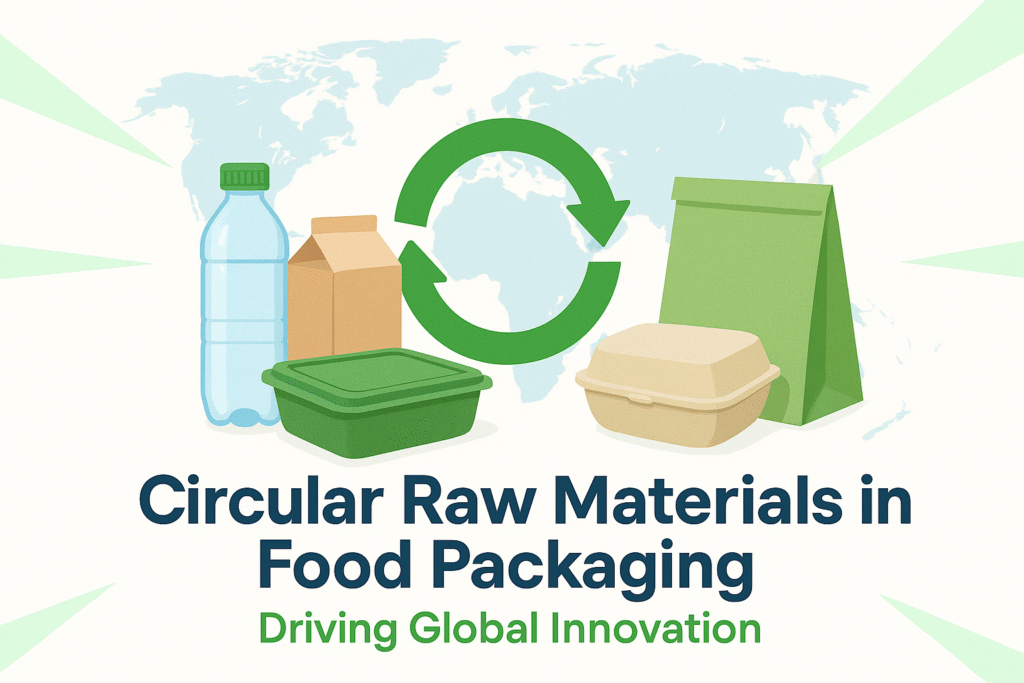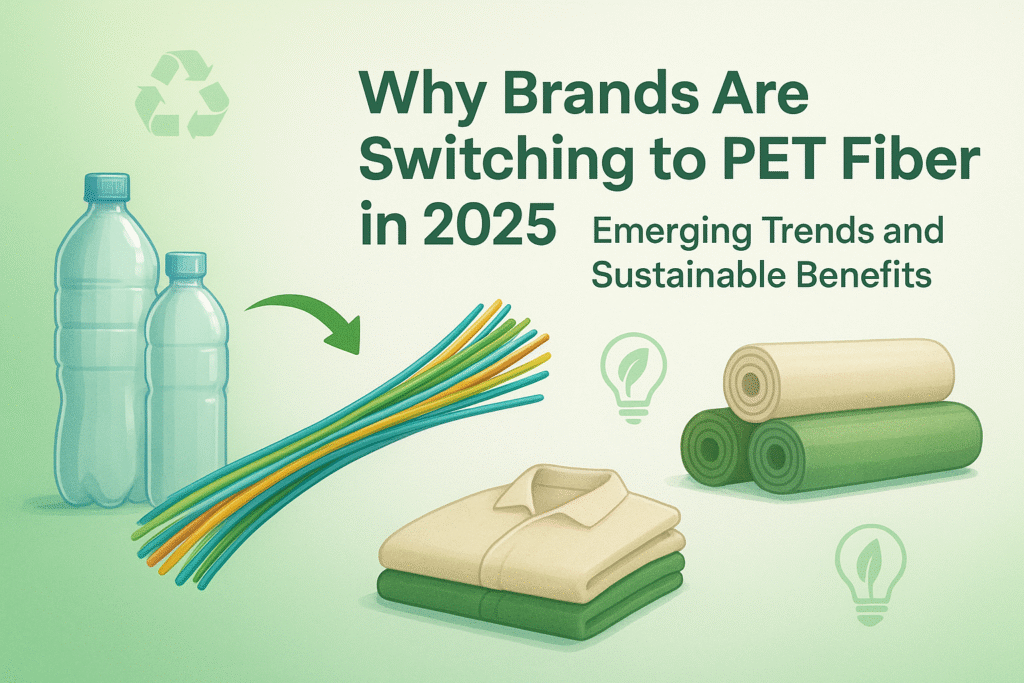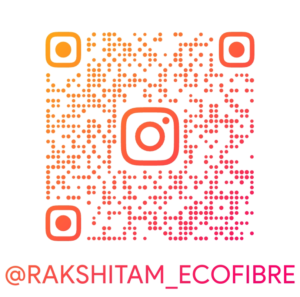In 2025, sustainability is no longer a trend—it’s a movement that’s transforming industries globally. The most significant change is occurring in the fashion and textile industry, with more brands resorting to PET fiber, commonly referred to as recycled polyester fiber (rPET). This revolutionary fabric is made from recycled plastic bottles and waste, with the added benefits of minimizing environmental footprint without compromising durability, comfort, and fashion. Let’s dive into why PET fiber is the preferred option for brands now and how it’s changing the future of sustainable fashion.
What Is PET Fiber?
Polyethylene Terephthalate, or PET, is a type of polyester that is widely found in plastic bottles and packaging. When it is recycled, it becomes rPET fiber, an eco-friendly textile used to produce clothing, home decor, and industrial products. The closed-loop recycling system conserves energy, decreases carbon emissions, and avoids plastic waste that could end up in the oceans or landfills.
Top Reasons Brands Are Making the Switch to PET Fiber
1. Environmental Responsibility
As consumers become more environmentally conscious, there is pressure on brands to minimize their carbon footprint. Producing PET fiber requires up to 60% less energy than using virgin polyester and significantly reduces greenhouse emissions. Utilizing recycled content makes a clear statement about being committed to sustainability.
2. Cost Savings and Conservation of Resources
PET fiber reduces reliance on fresh raw materials like petroleum. The recycling process is cheaper and less resource-hungry, and thus it is an economically sound choice for mass production of textiles. This enables brands to achieve sustainability goals without sacrificing profitability.
3. Durability and Performance
One of the key benefits of PET fiber is its durability, elasticity, and resistance to wear and tear. It is as good as virgin polyester in terms of performance but lighter and low-maintenance. PET fiber provides quality as well as sustainability from sportswear to upholstery.
4. Consumer Demand for Eco-Friendly Products
The consumers of today want ethical and sustainable fashion. Research indicates that more than 70% of Gen Z and Millennials are ready to spend extra for sustainable products. Brands using PET fiber not only improve their reputation but also gain environmentally conscious customers who appreciate conscious consumption.
5. Adherence to Global Sustainability Requirements
Various nations and institutes are implementing tougher sustainability norms. PET fiber is in line with international certifications like Global Recycled Standard (GRS) and OEKO-TEX, guaranteeing safety, traceability, and environmental accountability. Brands remain aligned with changing green norms by opting for PET fiber.
Innovative Trends in PET Fiber Applications (2025 Projection)
- Blended Textures: PET fiber is being increasingly blended with cotton or hemp fibers to produce innovative, soft fabrics.
- Circular Fashion: Brands are adopting closed-loop production cycles, recycling their own textile waste into new fibres.
- High-Tech Applications: PET fibres are now applied to smart textiles, 3D printing filaments, and performance sportswear, due to their versatility.
- Packaging and Home Décor Growth: Outside of fashion, PET fibres are gaining popularity in furniture, automotive interiors, and packaging industries.
Sustainable Advantages at a Glance
- Reduces plastic waste and landfill pollution
- Saves water and energy in production
- Reduces CO₂ emissions
- Fosters circular economy
- Builds brand reputation and customer trust
Also Read: Circular Raw Materials in Food Packaging: Driving Global Innovation
Conclusion
The transition to PET fiber is a significant move towards a greener, more sustainable textile industry. In 2025, as sustainability moves to the heart of brand identity, PET fiber provides the best of performance, price, and environmental stewardship. From international fashion brands to regional manufacturers, all are embracing this shift to create a cleaner, circular future for the world.
